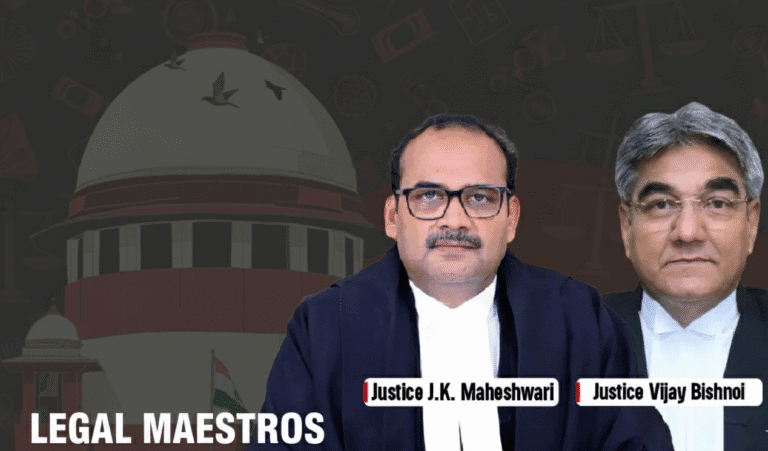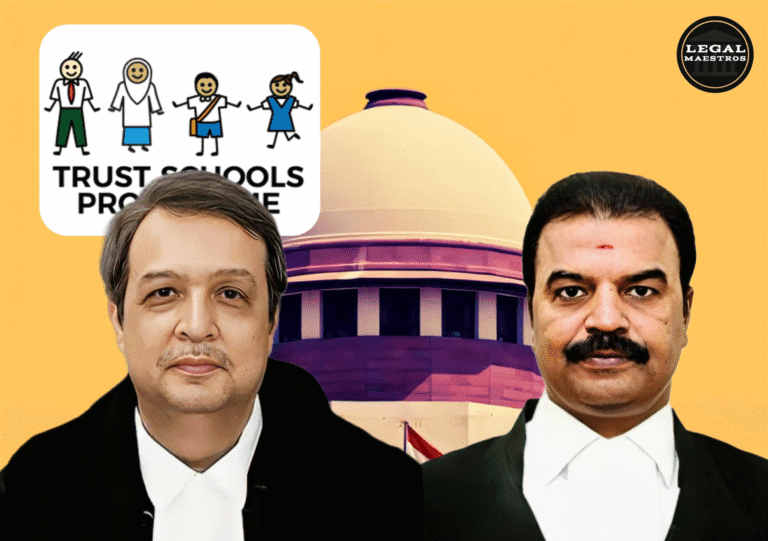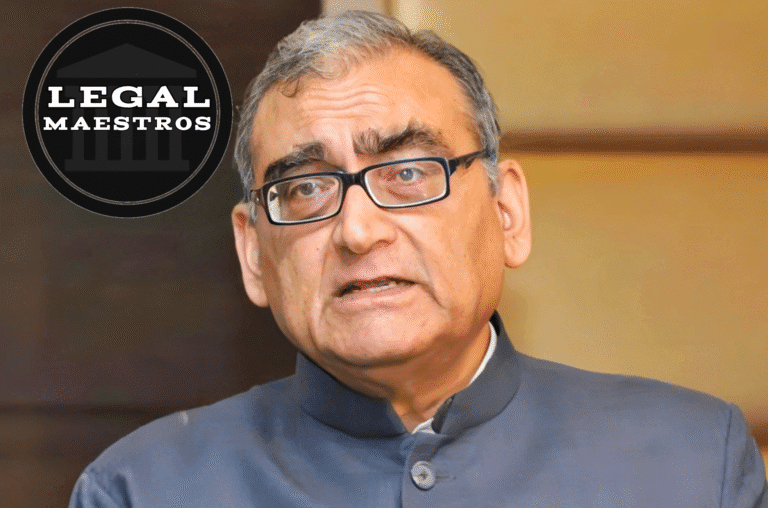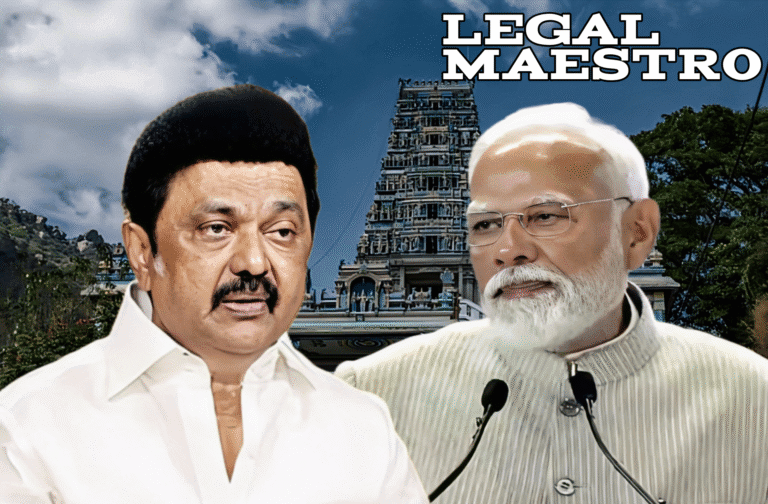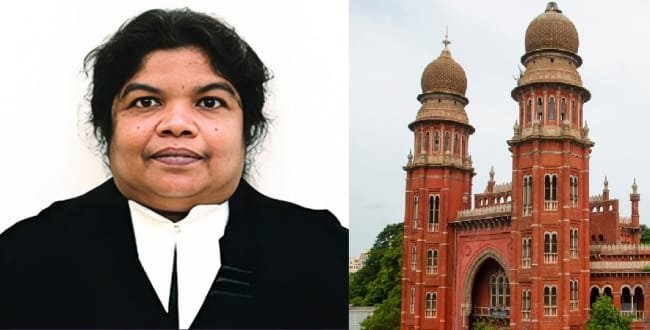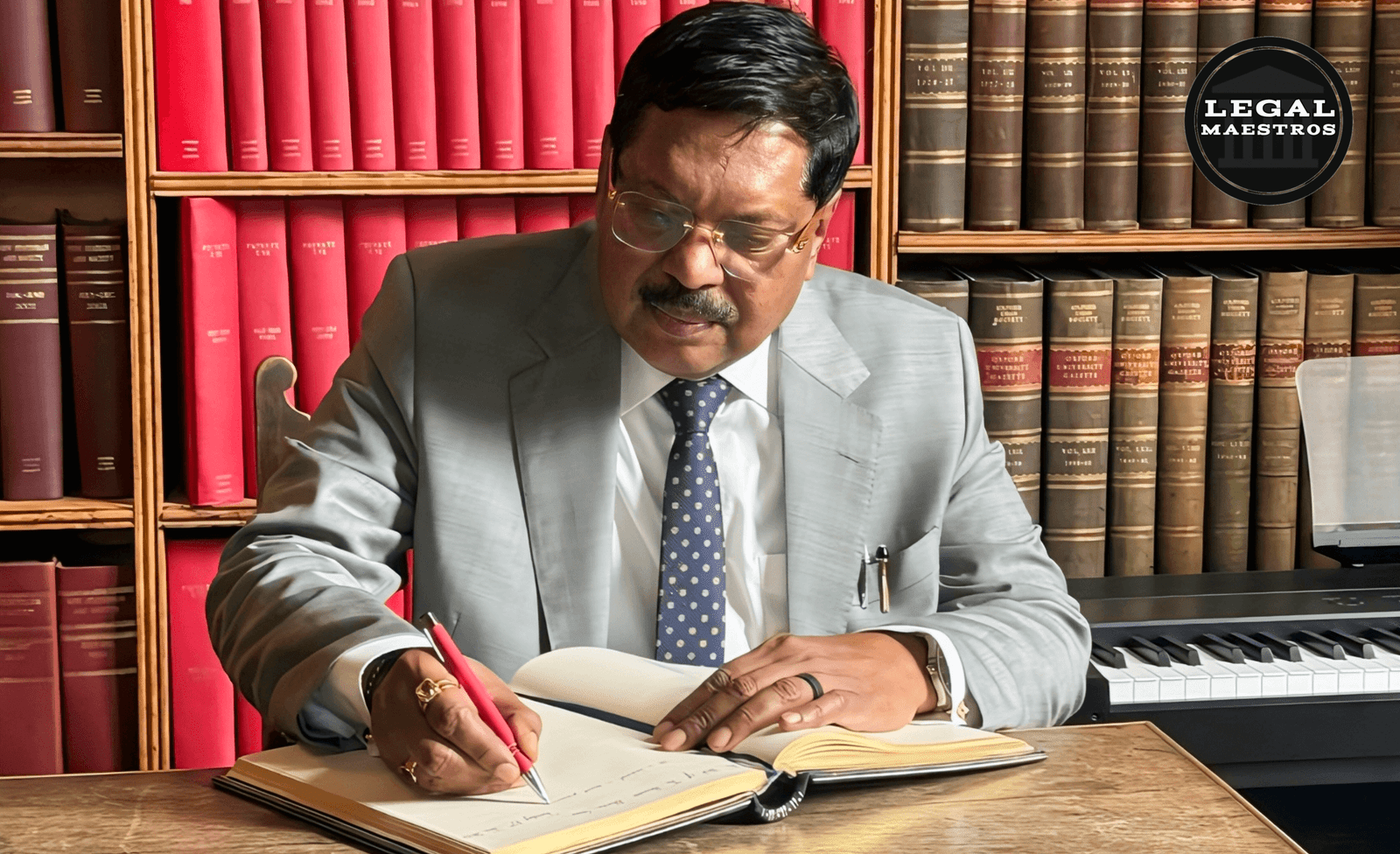
Recently, Chief Justice of India (CJI) B.R. Gavai elucidated an important and overlooked principle of the Indian judicial appointment fracture in an important and lucid speech, a principle that has been buried in the contemporary rhetoric around the Supreme Court the “collegium.” His assertion at an Independence Day program that the Supreme Court is not a higher court than the High Courts, nor can it “dictate” the recommendations of a high court collegium throws light on the connection between law and constitution to the matter of the appointment of judges in India. This article examines the legality of the remarks of the CJI, scrutinizing collegium system, with regard to the structuring and legality of the collegium system (particularly in relation with the High Courts).
First Roots of the Collegium System
This action should start with grasping the source and development of the collegium system to understand the statement of CJI Gavai. The Constitution of India does not directly refer to this system as responsible in appointment and transfer of a judge in the higher judiciary. It comes as a result of court/judicial interpretation of the constitutional clauses of appointments within the judiciary profession. The path was marked by three of the much-known cases in the Supreme Court, the Three Judges Cases.
- First Judges Case (1981): The Supreme Court of India in this case stated that when they read the term consultation in the supplementary meaning in Articles 124 (with regards to judges in the Supreme Court) and 217 (with regards to judges in the High Court) in the Constitution, it did not imply that there should be a concurrence. This made the government to have a larger voice when it comes to making judicial appointments; enabling it to make the final voice.
- Second Judges Case (1993): The Supreme Court reversed its decision of 1981. It interpreted that the word consultation should be construed as concurrence. This practically meant that the supreme authority of making judicial appointment was vested in the judiciary and initiated the collegium system. It was made clear by the court that the Chief Justice of India (CJI) was required to constitute an institutional view after consulting two senior-most judges of the Supreme Court.
- Third Judges Case (1998): This © Narrowed down the Collegium System. The Supreme Court, in an advisory proceeding before the President, clarified that recommendation by the CJI shall be done on the basis of opinion of the collegium consisting of four senior-most judges of the Supreme Court. That defined the form the Supreme Court Collegium has today.
High Courts and the Federal Structure
The statement of CJI Gavai highlights that India is a federation where the judicial system is federal. Another fallacy would be that High Courts just received a set of instructions by the Supreme Court which is an all powerful apparatus. Although the Supreme Court stands out as its highest court of appeal, the High Courts are also “constitutional courts” and are regarded independent and en par in the constitutional order. A good example of such federal collaboration is on the appointment of High Court judges.
For any queries or to publish an article or post or advertisement on our platform, do call at +91 6377460764 or email us at contact@legalmaestros.com.
It is a joint exercise of the High Court Collegium, and the Supreme Court Collegium, with the executive branch being involved just as much, and as prescribed in the Memorandum of Procedure (MoP). It generally happens in the following way:
- High Court Collegium Initiation This process begins when the High Court Collegium proposes a judge to be appointed to a High Court. This body is comprised of the Chief Justice of such High Court and other two senior-most judges. They screen and propose the appropriate candidates which could be bar lawyers or court officers. This is that first call to which CJI Gavai makes reference.
- Consultation and Recommendation: All documents including bio-data of candidates, professional record and feedback given by judges are sent to the Chief Minister and The Governor of the state concerning the candidates recommended by the High Court Collegium.
- Forwarding to the Centre: Once their consent is attained, the proposal is forwarded to the Union Minister of Law and Justice who in turn, forwards the proposal to the Supreme Court Collegium.
- The role of The Supreme Court: In the next step, the recommendations are considered by the Supreme Court Collegium, whose members include the CJI and the two senior-most judges. Here the clarification by CJI Gavai comes in best. The work of Supreme Court Collegium is not meant to force your own preferences rather to conduct a review and assessment on the names that have been recommended by the High Court Collegium. It may either accept the names, seek a reconsideration or even rather propose fresh names to be taken into consideration by the High Court Collegium. But it cannot just dictate that which names have to be selected.
- Last Appointment: Names sent to the government after the approval of Supreme Court Collegium and made final appointment by President of India.
The legal Standing of the Relationship
The CJI did not merely say a polite thing, instead, he repeated the legal/constitutional framework. Judicial appointment is a power guaranteed by the Constitution through the interpretation that the Supreme Court made of itself. The system sets out to ensure that the Supreme Court as well as the High Courts continues to be independent.
The Supreme Court Collegium is significant in terms of uniformity and excellence within the judiciary, as well. It is a restraint to the High Court collegiums. It however does not undermine the High Court knowledge about its own local bar and judicial officers. The High Court judges have worked and monitored the candidates over the years and are best placed to judge their suitability. Thus, recommendation of the High Court Collegium is a vital step and it is basis.
For any queries or to publish an article or post or advertisement on our platform, do call at +91 6377460764 or email us at contact@legalmaestros.com.
Another example can be when a president of High Court Bar Association requested the Supreme Court Collegium to discuss lawyers practicing in the apex court as a High Court judge, CJI Gavai reminded of this procedure. He clarified the Supreme Court Collegium can simply suggest the names to the High Court Collegium and only after the High Court Collegium is satisfied with the respondents the names are reproduced to the Supreme Court to have the final say. This is mutual respect and mutual cooperation and that is what the system should be based on.
The Way Forward:Accountability and Transparency
The collegium system has been effective in safeguarding judicial independence, but has been accused of its non-transparency and of being a system of the judges-appointing-the-judges system. There have been concerns of nepotism and lack of diversity, especially.
The statement of CJI Gavai, however, reflects on the attitude of opening up the stale and refusing collaborative approach, within the existing framework. His reference to the practice by the Supreme Court Collegium to meet the candidates personally is the first move towards transparency and comprehensiveness of the process of establishing the character and fitness of a particular candidate. This proactive initiative will serve to put a stop to this information gap and make sure the most worthy candidates are selected.
For any queries or to publish an article or post or advertisement on our platform, do call at +91 6377460764 or email us at contact@legalmaestros.com.
Ultimately, the statement made by CJI Gavai is worth keeping in mind that the judges should be appointed in India in the form of a complex, multi-faceted process based on the concept of federalism. It is a working relationship between the High Courts and the Supreme Court where each would perform a specific and imperative role. The High Courts settle this at the initial level and the Supreme Court does this at the final level as the highest standards in the areas of integrity, merit, and judicial acumen are secured. Although the system is slowly being developed and is still in the progress, it still moves in the direction of more accountability and more open and inclusive judiciary.


